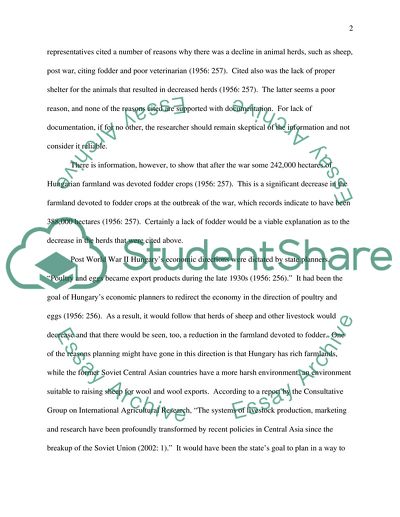Cite this document
(“Hungary`s agricultural industry in the 20th century, Impact of the Essay”, n.d.)
Hungary`s agricultural industry in the 20th century, Impact of the Essay. Retrieved from https://studentshare.org/macro-microeconomics/1536146-hungarys-agricultural-industry-in-the-20th-century-impact-of-the-social-system
Hungary`s agricultural industry in the 20th century, Impact of the Essay. Retrieved from https://studentshare.org/macro-microeconomics/1536146-hungarys-agricultural-industry-in-the-20th-century-impact-of-the-social-system
(Hungary`s Agricultural Industry in the 20th Century, Impact of the Essay)
Hungary`s Agricultural Industry in the 20th Century, Impact of the Essay. https://studentshare.org/macro-microeconomics/1536146-hungarys-agricultural-industry-in-the-20th-century-impact-of-the-social-system.
Hungary`s Agricultural Industry in the 20th Century, Impact of the Essay. https://studentshare.org/macro-microeconomics/1536146-hungarys-agricultural-industry-in-the-20th-century-impact-of-the-social-system.
“Hungary`s Agricultural Industry in the 20th Century, Impact of the Essay”, n.d. https://studentshare.org/macro-microeconomics/1536146-hungarys-agricultural-industry-in-the-20th-century-impact-of-the-social-system.


